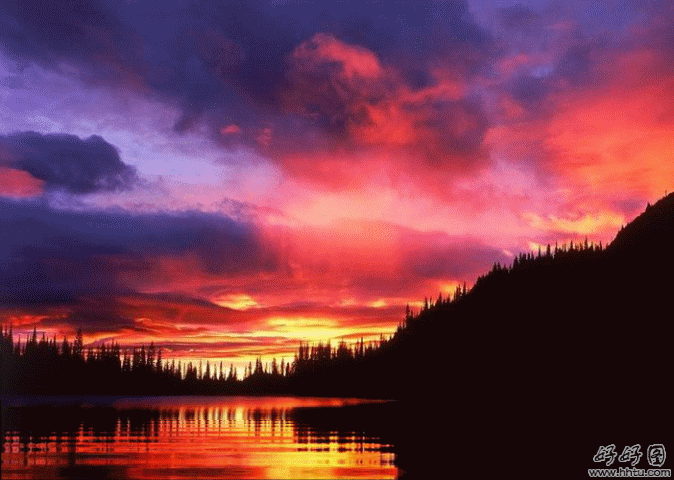|
|
|
 |
|
       
       

|
|
Sand Safari
This tour will be in Wadi Araba desert, and Wadi rum desert,
through these two destinations we will visit the most important
destination in Jordan: Petra
Wadi Araba: 1st – 3rd day:
our first three days will start from first destination which is Wadi
Araba: A wadi is a dry river bed or valley. Wadi Arabah is one of the
larger wadi's in the Middle East. It extends 165 km north from Aqaba to
the Dead Sea. From Here on it is known as the Ghor, which includes not
only the Dead Sea but also the Jordan Valley all the way to the Sea of
Galilee. A preliminary reconnaissance was done in the south east.
(Southeast Arabah Archaeological Reconnaissance - SAAR). Of interest to
our topic is the archeological dig at Moyet Awad (Moa in the Arabah), on
the Sela - Gaza road, that found coins, pottery, a caravan station, but
no houses. The Arabah was generally considered too harsh for towns or
villages to develop. The symposium, titled "Crossing the Rift:
Resources, Routes, Settlement Patterns and Interaction in the Wadi
Arabah," is the first multidisciplinary conference devoted to the
archaeology and history of the area that forms the modern political
border between Israel and Jordan.
Activity: You will jump over the sky-high sand dunes of Wadi Araba. The
best off-road of Jordan will take you to Ras Namalah, the 1000 meters
high peak in the Rift mountains. At the end of this road Petra will be
awaiting you, glorious as ever. Here you will stay overnight.
(Transport: Jeep Safari, Camels, Horses
or donkeys)
Petra: 4th & 5th day:
Petra: a local guide will escort you into Petra and show you the
highlights of the Nabatean city. You will enter the city through the Siq
and be rewarded with the most astonishing and dramatic monument in
Jordan: the Treasury. You will also visit the theatre, the tombs and
façades and the colonnaded street. climb the stairs to the Monastery and
admire the splendid view over the Wadi Araba. In the evening we will
serve you dinner by a campfire in Little Petra.
(Transport: Camels, Horses or walk)
Wadi Rum: 6th – 10th day:
Our Bedouin guides will lead your way across the vast and empty desert
of Wadi Rum. You will be riding from camp site to camp site, enjoying
different areas in the desert.
Activity: The sixth day will take you to Umm Salab Mountain, near the
northern end of Wadi Rum. The next day you will see the famous
inscriptions, made by the Thamudic and Nabatéen people centuries ago.
You will camp near Jabal Burdah where you can climb one of the famous
rock bridges, sculpted into the sandstone rock by the wind and rain.
On the 8th day the tour will continue to the far south of Wadi Rum, to
Jordan’s highest mountains Jabal Umm Adaami (1830 meters). From the top
of the mountain you can see as far as Saudi Arabia.
On the 9th day and 10th day the tour will continue to Al Ghuroub and to
the Sandy area of Al Ramel, where you can contemplate the silence,
sitting on top of the sky-high sand dunes.
(Transport: Camels, Horses or Jeep
Safari)
Prices included:-
Transportations, all meals, camp sites, all equipment for camping,
entrance fees, hotel in Petra for one night (3*), miniral water,
governmant tax, service charge, tips.
Prices not included: Personal expenses, departure tax and private
insurance.
More information about Wadi Araba:
Wadi Arabah begins at the southern end of the Dead Sea and extends
southward for 112 miles to the Gulf of Aqabah. Along the length of the
centre of Wadi Araba runs the boundary between the modern states of
Israel and Jordan. It is an arid depression from six to twelve miles
wide -- in reality a continuation of the Great Rift Valley. This section
has been known from ancient Biblical times as the Arabah. Beginning at
1292 feet below sea level the valley gradually ascends as it goes
southward for 67 miles to a watershed which rises 660 feet above sea
level. From here it quickly descends until 45 miles further southward it
reaches the Gulf of Aqabah at Ezion Geber. Surface explorations along
with minor digs carried on by Doctor Nelson Glueck revealed a number of
ruined villages and many copper and silver mines from which ore was dug
in the time of Solomon (900-1000 B.C.) and during the time of the
Nabateans (300 BC to AD 100)
go back to adventures in jordan
|
|